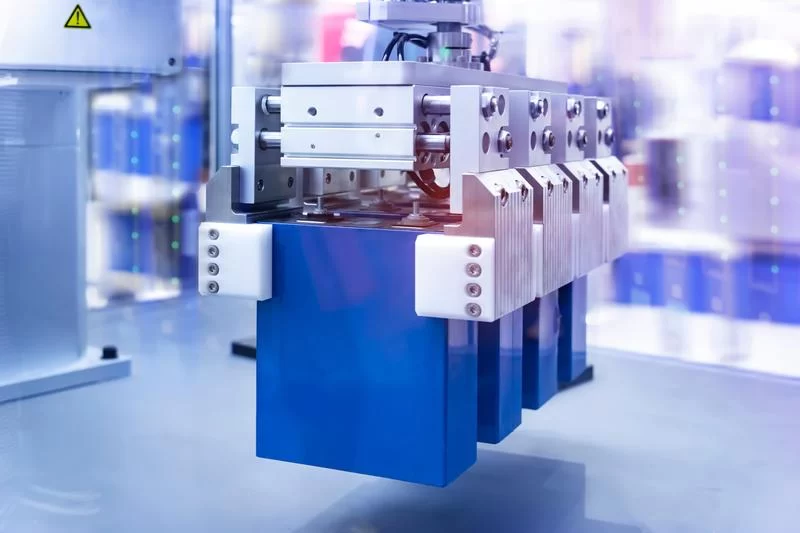How Lithium-Ion Batteries are Shaping the Future of Energy Storage
The innovation of battery technology will greatly affect the cost and performance of energy storage system. Battery technology is one of the most important energy storage technologies, because they have a wide range of applications in providing electricity, combating climate change and energy storage.
But not all technologies are suitable for large-scale energy storage systems. Battery storage is the best option for those who must recharge quickly to meet energy needs or for power, data or communications.
In many cases, lithium-ion batteries are the most mature and cheapest. But investment in battery storage systems is expected to continue to grow as concerns about climate change and energy demand increase.
This paper will discuss the impact of lithium-ion batteries, especially lithium-sulfur batteries and solid-state lithium-ion batteries (SLBs), on the cost, performance and ROI of energy storage systems.
Lithium ion battery in energy storage system
Lithium-ion battery is an important part of energy storage system. Lithium-ion batteries consist of positive and negative electrodes. Electrolytes include electrolytes and solid electrolytes. In most cases, lithium ion batteries use lithium, nickel, cobalt and other metals as cathode materials. Lithium-ion batteries have been around for decades, but they have been the primary choice for energy storage systems.
Disadvantages of Lithium Ion Batteries
Although lithium ion batteries are the most mature and cheapest, they still have some disadvantages. First, lithium-ion batteries have a low energy density, usually an order of magnitude lower than conventional lithium-ion batteries of the same size. Secondly, the safety of lithium ion batteries is relatively low. While lithium-ion batteries are safe for many applications, they also have their own weaknesses. For example, thermal runaway may occur at extreme temperatures. Normally, lithium-ion batteries can be used for decades or longer, but they are also prone to failure or aging. This results in high maintenance costs and reduced battery life. Therefore, lithium-sulfur batteries and solid-state lithium-ion batteries are the best choices in large-scale energy storage systems.
Advantages of Lithium Ion Batteries
Lithium-ion batteries have many advantages over conventional chemical batteries. They have faster charging times, higher energy densities, lower costs, are safer, greener and more sustainable.
- They can recharge quickly in a short time, which means they can charge a battery in less than a minute.
- They can store a lot of energy without generating additional carbon emissions.
- They are very safe at high temperatures because they do not react with any other metal.
- They can work at a variety of temperatures, including cold, hot, wet and corrosive environments.
Lithium-ion batteries are the only elements found in all kinds of materials, so they are the only ones that can store energy inside.
The impact of new technologies
In this chapter, we discuss new battery technologies for large-scale energy storage, including lithium-sulfur batteries, solid-state lithium-ion batteries (SLBs), and sodium ion batteries. Significant progress has been made in these emerging technologies over the past decade. Although lithium sulphur batteries are the most mature, they are still in development, and solid-state lithium-ion batteries (SLBs) are also undergoing a gradual development process. The impact of these three battery technologies on the cost, performance and ROI of energy storage systems is described below.
Future ROI
As costs fall, the return on investment in battery storage will increase. As demand for renewable energy continues to grow, battery storage will become a profitable option.
With the rapid pace of energy transformation, the return on investment in battery storage (ROI) is likely to increase dramatically over the next decade. Lithium-ion batteries will be one of the best because their performance has improved by 20%. However, due to a number of other factors, such as policy support and reduced infrastructure costs, the return on investment in lithium-ion batteries is expected to increase to 40 per cent by 2030.

